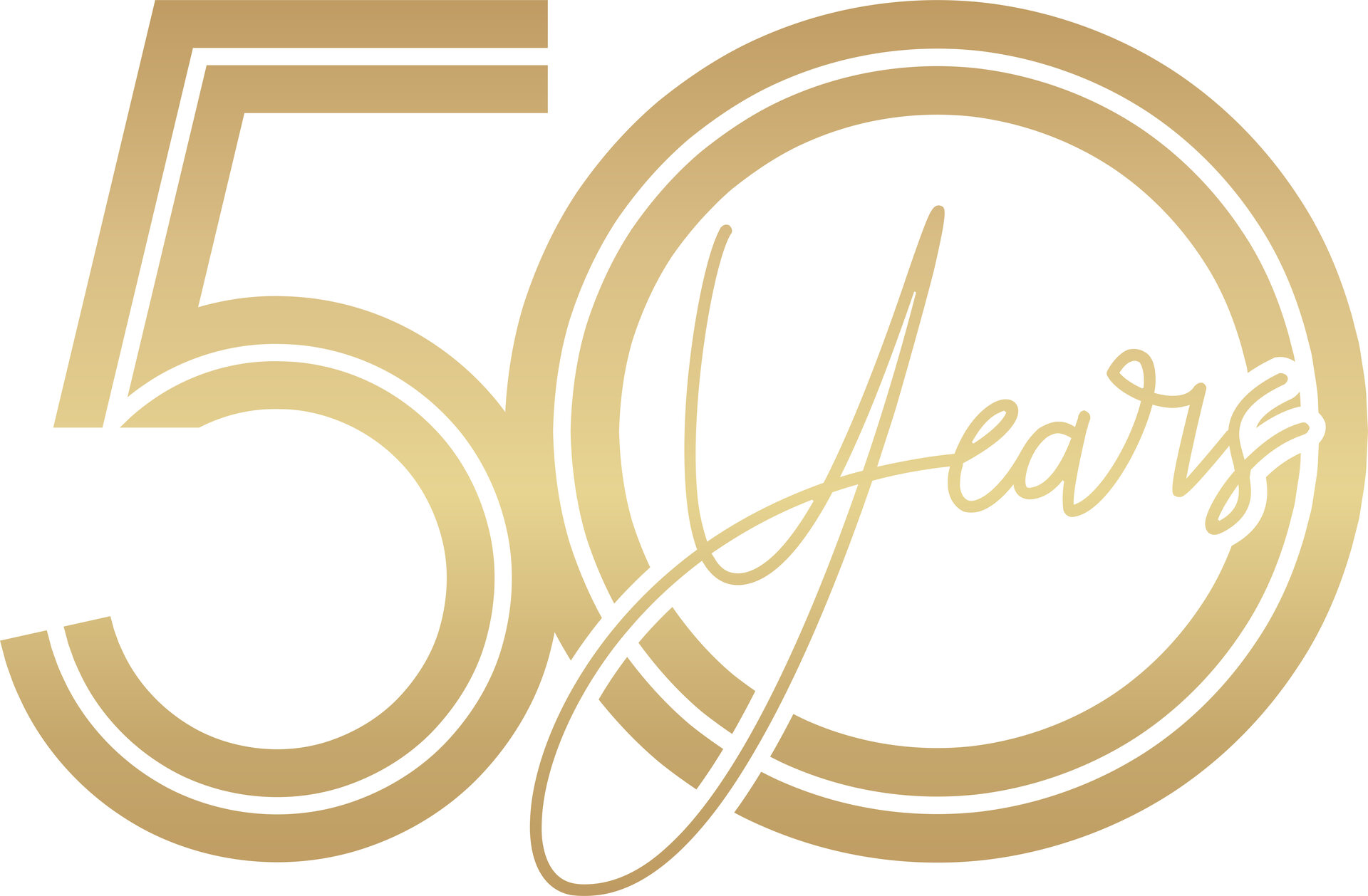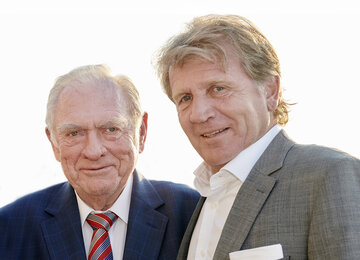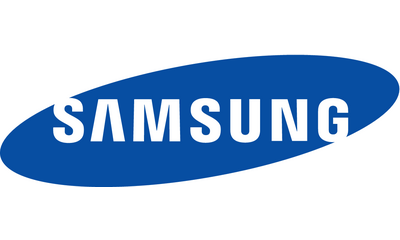50 years Rutronik
Rutronik celebrates its 50th anniversary this year.
We invite you to an entertaining journey through time. Reminisce about important technological milestones and discover how Rutronik developed from a distributor with a focus on passive components to one of the largest European broadline distributors for electronic components.


"From a small family business that I founded in a double garage in Ispringen in the early 1970s with great support of my wife, we have become a leading distribution company for electronic components within 50 years,"
– Helmut Rudel, founder and president of Rutronik
"This year we are celebrating important corporate milestones around our growing product portfolio with leading suppliers and our global expansion with subsidiaries in Europe, Asia, and the USA. We are continuously expanding the latter as part of our regionalization strategy. The aim is to be as close as possible to our customers so that we can provide them with the best possible advice and we would also like to take this opportunity to express our sincere thanks to our customers, suppliers, partners and, above all, our employees, who have always driven Rutronik forward, so that we will continue to write our success story together in the years to come."
– Thomas Rudel, CEO and chairman of the board at Rutronik
We celebrate with our suppliers
Some of our manufacturers in our linecard are also celebrating a round company anniversary this year. We congratulate all of them and thank them for the many years of trustful cooperation.

How it all began: The 1970s
Helmut Rudel founded Rutronik 50 years ago in the small town of Ispringen near Pforzheim, Germany. He did not leave the choice of location to chance. His vision was to reach the most geographically distant customers in Germany within a maximum driving time of two hours. With this goal in mind, Helmut Rudel took a compass and drew a circle around the region in Germany where he believed almost 70 percent of the German demand for electric components was located at that time. In the middle was Ispringen and thus the decision for the headquarters was made.
In the 1970s, color television became increasingly popular around the time of the soccer world championship. One year earlier, in 1973, Helmut Rudel founded the company Rutronik, which at that time was specialized and focused on the distribution of passive components. After about three years, at the end of 1976, the company already had five employees and generated sales of six million German marks. In the same decade, the workforce moved to the newly constructed building in Industriestrasse 2 in Ispringen. This is still the location of Rutronik's now much larger headquarters.

On the road to digitization: 1980s
Due to technological progress and the great demand for microchips, the semiconductor industry grew rapidly in the 1980s. More and more computationally complex applications became possible, so that personal computers were soon able to process not only text, but also images and sounds. This created a gigantic market for PCs and entertainment products. Many companies also started using computers and digital technologies in this decade, so that the triumphant advance of PCs became apparent not only at home, but above all in business world. In the 1980s, the PC thus underwent numerous stages of development and since then it has been impossible to imagine life without it. At Rutronik, too, everything in the 1980s was dominated by electronic data processing, and digitalization thus took off in the still young company. Right at the beginning of the new decade, Rutronik bought the company Silec/RSC-Halbleiter and eight years later the company landed an order with an order volume of 1 million German marks. The expansion to active components was thus sealed.

From displays and mobile devices: 1990s
The 1990s saw major advances in mobile communications technology. The biggest breakthrough in the cell phone industry was the introduction of the GSM network, which enabled cell phones to be used across networks and countries. Data services such as SMS and MMS also built on GSM, allowing mobile text and multimedia messages to be sent. The introduction of digital networks in the 1990s also formed the basis for the development of new services such as WAP and GPRS. These networks enabled access to the Internet and the use of services such as e-mail, web browsing, and other online services.
In this decade Rutronik expands through further company acquisitions. The acquisition of BIT-Electronic AG, based in Munich, was strategically decisive for the company's entry into the market for displays and systems. After only a few years, Rutronik also took over Discomp GmbH and the then Alcatel subsidiary Dimacel Composants. In 1999, the two companies CED Ditronic and IEC Distribution S.A. were added. By the end of the decade, Rutronik was thus one of the leading broadline distribution companies in Europe with an extensive range of products, components and services.

Wireless communication technologies: 2000s
The Internet had already begun its triumphant advance by the end of the 1990s, and the number of PC users and devices with Internet access increased from year to year. Improved modem bandwidth played a major role in this development. Before the turn of the millennium, the bandwidth was still 56 Kbit/s under optimal conditions, so that the telephone line was blocked when the connection was established and caused agonizing noise. With the switch to ISDN, dial-up was accelerated, but this solution was still very expensive. Especially because the Internet pages accessed were becoming increasingly complex and demand was rising, higher bandwidths were urgently needed. The first DSL connections were offered at the end of the 1990s and then experienced their breakthrough after the turn of the millennium with the introduction of a "DSL flat rate".
In the 2000s, Rutronik concluded distribution agreements in particular with leading manufacturers in the fields of wireless communication and information technologies. In 2005, the wireless division was founded, so that the product portfolio was also expanded once again and set up in the sense of a broadline distribution model. Towards the end of the decade, a handover took place at the top of the company in 2008: Helmut Rudel called his son Thomas Rudel to the position of managing director and acted as president of the family business from then on and until today.

Mobility goes digital: 2010s
The 2010s saw the beginning of the upheaval in the automotive industry. This was reflected above all in innovations relating to connectivity and connected car solutions for vehicles, as well as the development of alternative drive systems. Today, the goal is still to drive forward intelligent and user-centric mobility with completely new concepts and functions such as the transformation of the software and electronics architecture of vehicles, electromobility solutions, and technologies for autonomous driving. It is becoming clear that this future will be shaped to a large extent by electronic components and software.
Rutronik's Automotive Business Unit, founded in 2014, specializes explicitly in the procurement and development structures of its customers in the automotive sector. In times of alternative mobility concepts and smart solutions for urban living models, the potential of power electronics for electromobility solutions plays a central role. This is where Rutronik comes in, among other things, with the development of an innovative reference design for an efficient on-board charger. In addition, major growth is forecast for light electric vehicles for urban areas, especially in Asia and the Asean region. Here, too, Rutronik is investing in research and development of applications for the 48 V on-board network, implemented with automotive-quality components. With the bidirectional high-voltage switch (HV switch), Rutronik offers a wear-free alternative for mechanical switches that also integrates other functions such as protection against overcurrent.

Until today
Digitization, artificial intelligence, and big data – the handling of large amounts of data using machine learning methods and algorithms have arrived in both private and industrial environments. In the context of Industry 4.0, the human-machine interface (HMI) is also moving into the spotlight. User-friendliness, safety, robustness, energy efficiency, and interoperability are the keywords for the HMI of the future. Adaptable interfaces (networkable automation components) that integrate IT networks and services and connect fieldbuses and sensors are particularly important.
Rutronik System Solutions provides an answer to the associated fast-moving innovation cycles in the industrial environment. Under "Rutronik System Solutions", Rutronik has been combining its expertise and competence since the beginning of the 2020s and continues to invest in its own research and development capacities. The aim is to implement highly innovative technologies in groundbreaking, partly patented system solutions for complex challenges. These so-called proof-of-concepts are precisely tailored to the respective customer needs. As a result, Rutronik System Solutions significantly accelerates pre-development phases to shorten time-to-market and thus offers further added value for its partners. This gives Rutronik's customers a time advantage over competitors, which is often decisive.
Get in Touch








